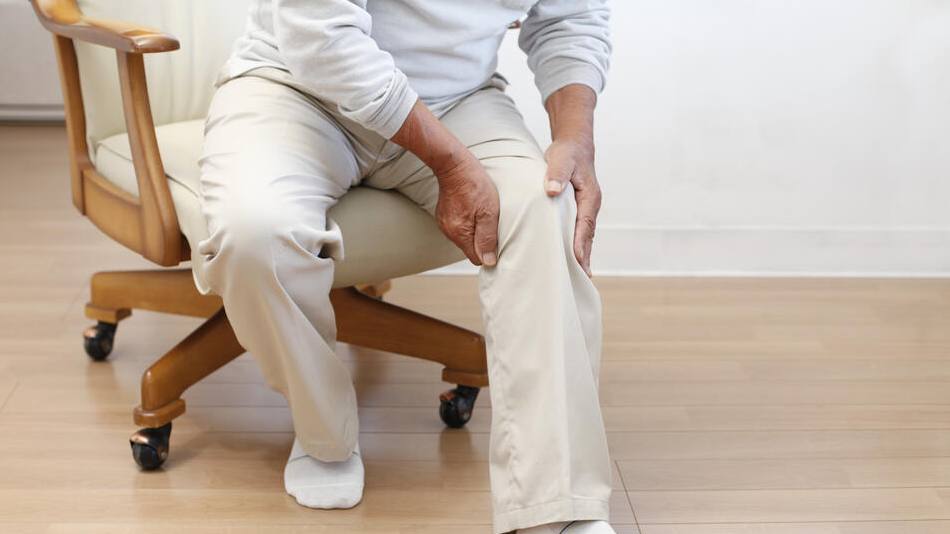

DEAR MAYO CLINIC: I know there’s a knee replacement in my not too distant future. I’m wondering if there are new techniques or technologies that will give me a good outcome?
ANSWER: Not so long ago, undergoing a total hip or knee replacement and recovery was a grueling and often painful ordeal. While these are still major surgeries, new techniques and technologies are redefining them — and improving people’s outcomes.
Robotic-assisted joint replacement technology has revolutionized hip and knee surgeries. This technology allows the surgeon to:
- Perform enhanced, three-dimensional preoperative planning and modeling to ensure there’s no impingement or pinching of tissues, and to refine implant sizing and positioning for a high degree of accuracy.
- Prepare the bone and insert the implants with an unprecedented level of precision.
- Produce personalized, patient-specific joint replacements.
In addition, major advances have been made in anesthesia used for total joint replacement surgery in the past decade. With these advances, patients recover more quickly and get up and move sooner after surgery with less pain, nausea and vomiting.
Another rapidly advancing technology in orthopedic surgery is 3D printing, which allows the designing and creation of custom implants to address challenging problems, including deformities, bone loss, and unusual hip or knee anatomy.
This promising technology needs more long-term data before it becomes widely used. Mayo Clinic is at the forefront of 3D printing and has been integral in advancing its clinical applications.
If a total hip or knee replacement is in your future, here’s what you can expect.
Hip replacements
Any patient who is a candidate for a “conventional” total hip replacement is a candidate for a robotic-assisted total hip replacement.
Hip replacements are no longer a one-technique-fits-all approach. With a “360 degree” approach, your surgeon can tailor the surgery to you, choosing from direct anterior, posterior or anterolateral approaches. The surgeon will discuss these options with you during your pre-op consultation.
The surgeon also will review with you the entire surgical experience in detail. You’ll also have a standardized patient education session with a specialty nurse and pre-op evaluation by a physical therapist. These sessions will set you up for success beginning immediately after surgery.
When it comes to recovery and rehabilitation:
- For most patients, total hip replacement surgery is either a same-day surgery or a one-night hospital stay.
- Patients can walk and navigate stairs right after surgery.
- The majority of patients will follow a self-directed physical therapy plan at home — no need to go to an outpatient physical therapy facility.
Knee replacements
As with hip replacements, any patient who is a candidate for a conventional total knee replacement is a candidate for robotic-assisted total knee replacement. You’ll also take part in a comprehensive education experience and physical therapy assessment to review the technique your surgeon will use during surgery.
Like hip replacements, total knee replacements typically are same-day surgeries or may involve a one-night hospital stay.
Once you’ve awakened from the anesthesia, you can walk and navigate stairs. Within one week after surgery, you’ll begin meeting with a physical therapist who specializes in working with knee-replacement patients. For best results with strength and range of motion, you’ll also be assigned daily exercises to do at home to supplement your physical therapy sessions at an outpatient facility.
The excellent news for total hip and knee replacement patients is that the techniques and technologies for these surgeries continue to evolve. They have the primary goals of reducing pain, enhancing function, and getting patients back to their day-to-day activities and those they love to do.
Brandon Bukowski, M.D., Orthopedic Surgery, Mayo Clinic Health System, Mankato, Minnesota
The post Mayo Clinic Q&A: It’s a new era for knee replacements and other joint surgeries appeared first on Mayo Clinic News Network.



